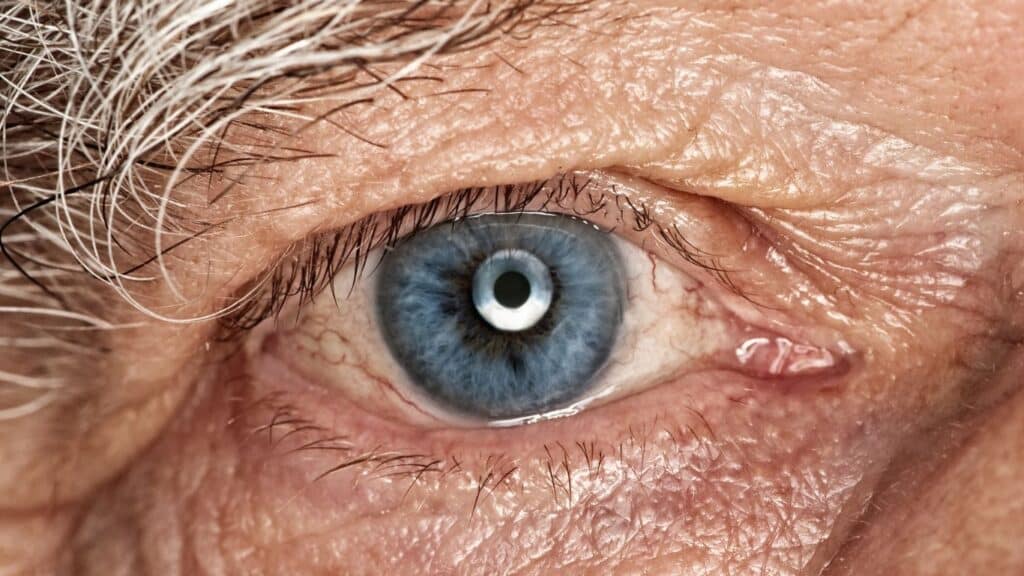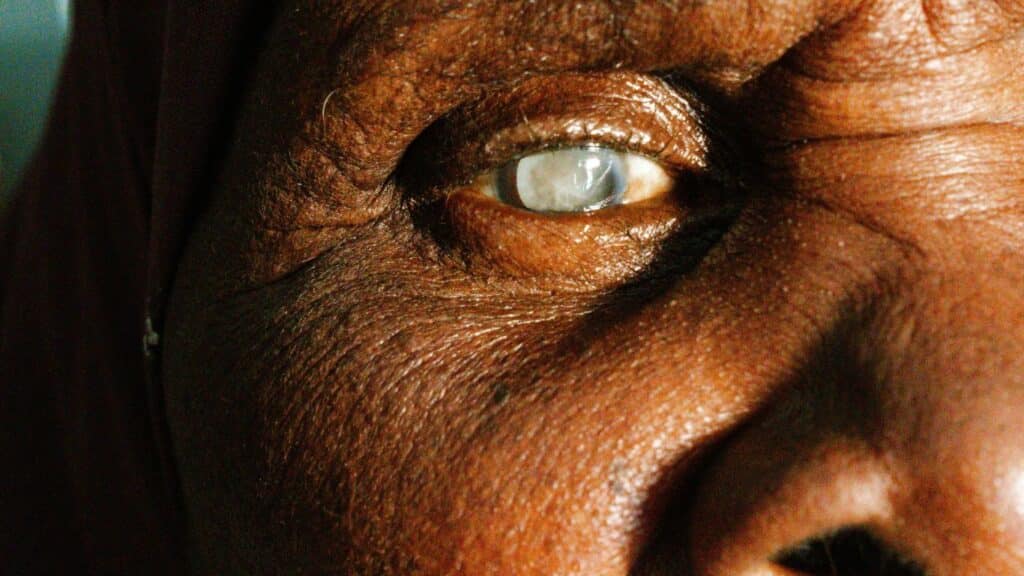Cataract surgery is one of the most frequently performed surgeries in the United States. It is generally a routine, out-patient procedure lasting about 10 minutes. Most of the time, cataract surgery is done solely to improve or restore vision and thereby, quality of life. Usually cataract surgery is scheduled when it is most convenient for the patient. In other words, cataracts are not (generally) something that require immediate intervention.
However, there are times when cataracts pose a real and increasing threat to the structure of the eye, not just the patient’s vision or quality of life. That is when cataracts require immediate surgery.
One such instance is called an ‘intumescent’ cataract (or ‘white cataract’). These types of cataracts not only block vision, but also build up pressure within the eye which can result in permanent damage to internal structures including rupturing the ‘capsular bag’ that holds the lens of the eye. If that happens, lens replacement is no longer an option and blindness is permanent and irreversible. Surgery on ‘intumescent’ cataracts is much more complicated and so immediate intervention is required because any delay increases intraocular pressure and thereby increases complexity of the surgery and diminishes the likelihood of an excellent outcome.
Even through the pandemic Texas Vision & Laser Center has remained committed to helping people by being open with limited hours, modified staffing, increased safety and disinfection protocols. We have also added Tele-Med appointments, which allow us to see patients remotely and treat some issues remotely.
We are committed to being here for patients that need us – whether new or established – because non-COVID emergencies happen even during a COVID-19 pandemic. Our reward is knowing that by being open we have been able to help keep numerous patients out of the Emergency Rooms, treat many with serious (some very dangerous) eye problems, and in some cases actually save / restore patient’s vision, including one patient last week with an ‘intumescent’ cataract.
If you or a loved one needs eye care or needs to know if a particular eye problem is something that can wait or be treated remotely, please don’t hesitate to call or text us at 972-548-2015. We will be happy to discuss options including helping you set up a Tele-Med appointment so you can remain safe at home while an eye doctor can see you, speak to you and advise you on your best course of action.



